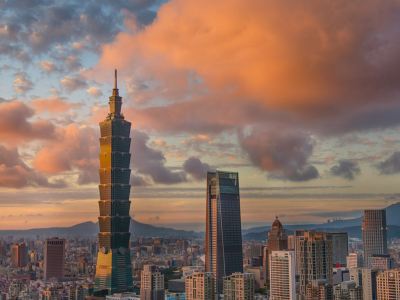Political Confrontation And Agreements: Joe Biden and Xi Jinping
The arrival of Joseph Biden to the White House at the beginning of 2021 started a new turn in US-China relations. That looked like a good sign for both sides, as Trump’s aggressive and sometimes unpredictable behavior couldn’t be a cornerstone for building a partnership in any sector. The changes in the relations between world-leading economies cannot be fast, but the process started. The most notable was the virtual summit on November, 15, when they discussed the key issues: Taiwan, Iran, North Korea, nuclear weapons, human rights, ecology, and trade relations.
Joe Biden Presidency Proclamation: Primary Agreements Between Countries
During the last 365 days, the US and China signed only one agreement — the one that concerns the tackling of climate issues. The sides needed more than half of the year to turn from discussion to the joint document. The first announcement was made on April 16, during the COP26 in Glasgow, which was quite surprising. The joint declaration was signed on November 10. It outlined the agreement for the two biggest emitters of carbon dioxide, the US and China, to decrease their carbon footprint and rely more on alternative energy sources.
However, both sides made a few other official steps, negatively impacting each other. In April, US governors presented and later agreed on the Strategic Competition Act of 2021. It outlines strategic moves that are supposed to counter Chinese economic growth and influence worldwide. The issue of human rights violations in Xinjiang was used as a handle for banning all imports from this city on July, 14. The US also banned several Chinese technology firms and enacted restrictions to invest in them.
January 2021 Till Nowadays: USA Position
Two of the main interests of the USA lie in economic and nuclear weapons’ directions. Although China has a much smaller nuclear potential and arsenal than the USA and even Russia, governors are warned of the growing trend in China. Their military power — in particular, the navy — is growing. The nuclear question was also related to Iran and North Korea, which have nuclear weapons and are pretty unpredictable. Here, Biden wants Xinping to be the additional controller of the situation to prevent potential troubles.
On the economic side, the tensions are even more robust and unpredictable. The US declared a “triple C” strategy — compete, collaborate, and confront. Both sides understand that it will be a competition and confrontation in most cases, and Biden wants it to be winnable for the US but doesn’t want it to transform into “conflict”.
Interestingly, the sides found more common points for cooperation in sectors beyond economics. The first instance has already been discussed — it is climate problems. Both countries presented a plan to cut emissions.
The issues with human rights (forced labor cases in Xinjiang) and Taiwan are somewhat tricky. The US wants China to make visible steps in resolving the Xinjiang case. Taiwan is one of the hottest discussion points: the US has confirmed it will support previous agreements and “one China” policy concerning the island but will look attentively to “preserve peace” in the region.
January 2021 Till Nowadays: China Position
While the US position looks pretty selfish, China acts similarly. Xi Jinping knows his strengths, knows where and how to use them.
For instance, the climate agreement doesn’t have any notable winning position for either side, so it’s better to support it. The same story is with journalists’ visas Xi Jinping agreed to lift restrictions from, although China still successfully opposes access of the foreign experts in the COVID appearance and spread investigation. Logically, Jinping dismisses the charges concerning the human rights violations in Xinjiang as the US and other states have limited access to information in the city.
The question of nuclear weapons touches Chinese interests as well. The People’s Republic of China has enough projectiles not to be scared by the US or Russia. At the same time, the non-spread idea will mean they’ll be well-protected from North Korea and Iran, which are unpredictable for China as well.
The economic sector is tricky as the US still has the most powerful economy in the world (at least, according to predictions, until 2030). Excluding some Chinese firms from the US market is a negative step, but Jinping can fight back with sanctions for many US brands with manufacturing powers in China. We’ll probably see more competition and confrontation than a collaboration here, while the latter is obligatory in some sectors.
The issue of Taiwan is probably the toughest. The PRC government added Xi Jinping to the list of historically most prominent Chinese leaders. The canonization of this step can be adding Taiwan to the mainland border of China. So, there is almost no doubt that Xinping is looking on the island with hungry eyes but waits for the right time to realize the expansion plan.
Latest Agreements Between The US and China
Unfortunately, the only agreements between the US and China during the last year were two documents. The first was the joint declaration concerning the climate crisis, which was signed just before the online summit — on November 10. Another step forward was canceling visa limits for journalists, which was also signed before the start of the conversation. It means that diplomats and Joe Biden with Xi Jinping themselves have to work hard to continue cooperation and prevent conflict.


